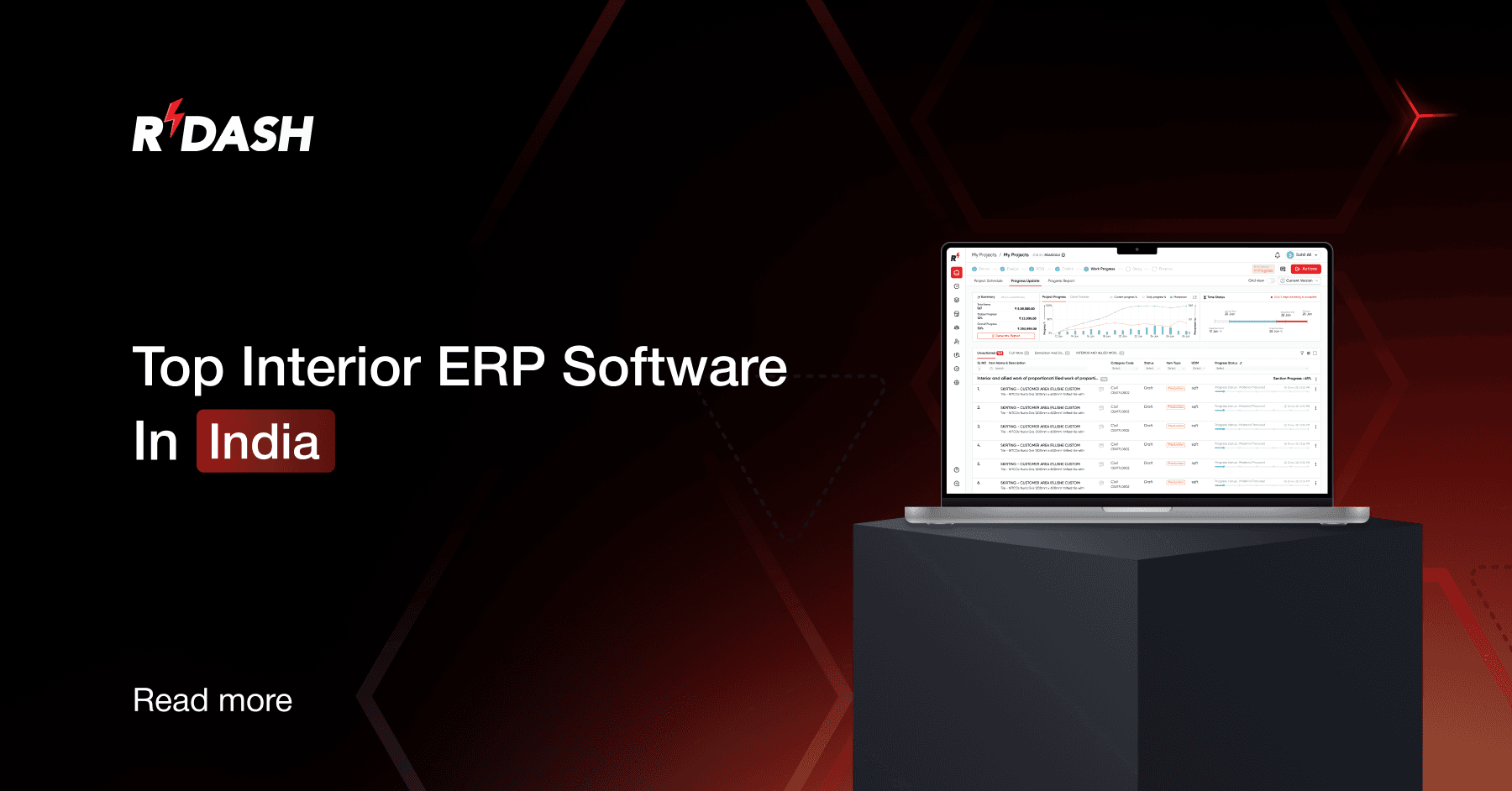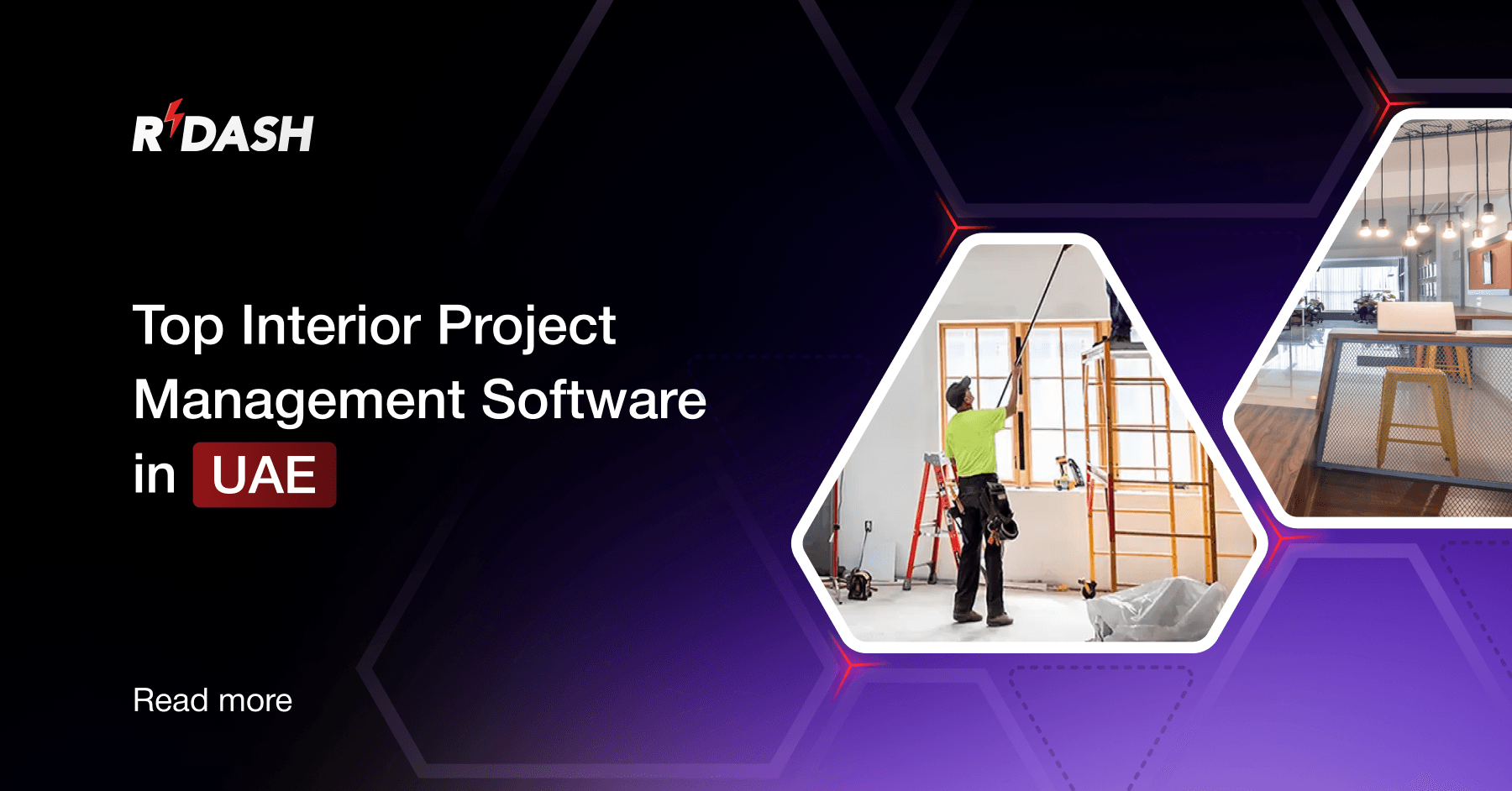What is Risk Management in Construction?
Risk management in construction involves identifying, analyzing, and responding to potential risks that could impact a construction project. The goal is to minimize the likelihood and impact of negative events, ensuring the project is completed on time, within budget, and to the required quality standards. Effective risk management helps protect against unexpected costs, delays, and legal issues, promoting a smoother project flow and safer work environments.
Types of Risks in Construction Projects
Construction projects are complex and face various risks from inception through completion. Here are some of the common types:

1. Financial Risks
These include budget overruns, fluctuations in material costs, and problems securing funding. Financial risks can arise from inaccurate cost estimations, changes in market conditions, or financial instability of stakeholders.
2. Legal Risks
Legal issues might involve disputes over contracts, compliance with regulations, or claims of damages caused by construction activities. These risks require careful contract management and adherence to all applicable laws and standards.
3. Safety Risks
Construction sites are naturally hazardous, with potential safety risks including accidents, injuries, or even fatalities. Managing these risks involves rigorous adherence to safety protocols, regular training for workers, and proper use of safety equipment.
4. Environmental Risks
These involve unexpected environmental impacts, such as pollution or damage to protected areas. Environmental risks require thorough environmental assessments and strategies to mitigate negative impacts during construction.
5. Project Management Risks
These include risks associated with poor project management practices such as inadequate planning, poor communication, and insufficient resource allocation. Effective project management and communication are crucial to mitigating these risks.
6. Technical and Quality Risks
These risks arise from technical failures or non-compliance with quality standards. They can result in rework, delays, and increased costs. Ensuring quality control and employing skilled professionals are vital for managing these risks.
It’s essential to understand and control these risks to ensure the successful completion of any construction project. Effective risk management not only protects the financial and physical assets involved but also ensures that the project meets all intended purposes and stakeholder expectations.
Why is Risk Management Important in Construction?
Risk management is critical in construction due to the high stakes involved, including significant financial investments, safety concerns, and stringent timelines. Effective risk management ensures that potential problems are identified and addressed before they can disrupt the project. Here are the key reasons why risk management is essential in the construction industry:
- Minimizes Financial Losses: Proper risk management helps prevent budget overruns and unexpected costs, protecting the financial health of the project.
- Enhances Safety: By proactively addressing safety risks, the likelihood of accidents and injuries on-site is significantly reduced, safeguarding workers and the public.
- Improves Project Outcomes: Risk management contributes to the smooth execution of a project, ensuring it is completed on time and meets quality standards.
- Protects Reputation: Successfully managing risks can enhance a company’s reputation for reliability and safety, crucial for securing future contracts.
- Ensures Legal Compliance: Risk management identifies and addresses legal and regulatory concerns, preventing expensive legal disputes and penalties.
Construction Risk Management Process
The risk management process in construction is a systematic approach to handling potential risks and is generally comprised of the following steps:

1. Identify Risks
This phase entails identifying a range of potential risks that could affect the project, from safety issues to financial unpredictabilities and more. Effective risk identification is foundational, as it determines the scope of risk management efforts.
2. Assess Impact
After identifying the risks, their potential effects on the project are assessed. This evaluation aids in ranking the risks by their severity and likelihood, helping teams concentrate on the most pressing concerns first.
3. Prepare a Response
A response strategy is formulated for each significant risk. This could involve strategies to avoid the risk, mitigate its impact, or transfer the risk (e.g., through insurance). Preparation also includes allocating resources to manage these risks.
4. Recover Losses
In cases where risks materialize, actions are taken to recover any losses incurred. This might involve activating insurance policies, reallocating resources, or employing contingency plans to get the project back on track.
5. Review Results
Once a risk response is implemented, its outcomes are analyzed to evaluate the success of the risk management tactics used. Lessons learned are documented to improve future risk management practices.
What Is a Construction Risk Management Plan?
A construction risk management plan is a comprehensive document designed to identify, assess, and address potential risks that could impact a construction project. This plan is crucial for minimizing the negative effects of risks on the project’s schedule, budget, safety, quality, and overall outcomes. By preparing for potential problems before they occur, a construction team can ensure that the project progresses as smoothly as possible, reducing unexpected delays and costs.
What Should Be Included in a Construction Risk Management Plan?
A thorough construction risk management plan should cover several key components to ensure all potential risks are adequately managed:
1. Risk Identification
This section lists all foreseeable risks associated with the project. These risks can range from financial uncertainties, safety hazards, and environmental impacts, to supply chain disruptions and labor shortages.
2. Risk Analysis
After identifying the risks, this part involves evaluating the likelihood and potential impact of each risk. This helps in prioritizing which risks need more immediate and substantial attention based on their potential to affect the project adversely.
3. Risk Mitigation Strategies
For each identified risk, the plan should outline specific strategies to manage or mitigate these risks. This could involve developing emergency plans, establishing safety procedures, securing alternative suppliers, or utilizing different construction techniques.
4. Assignment of Responsibilities
The plan should clearly assign responsibilities for managing each risk to specific team members or departments. This ensures everyone knows their roles and responsibilities in preventing or responding to risks.
5. Budget for Risk Management
Include a budget that allocates funds specifically for risk management activities. This could cover costs for safety equipment, insurance premiums, training, and additional resources needed to implement risk mitigation strategies.
6. Monitoring and Reporting Procedures
Detail how risks will be monitored throughout the project and the process for reporting any issues that arise. Regular monitoring helps catch risks early, and effective reporting ensures the right people are informed to take quick action.
7. Review and Update Mechanism
Risk management is a dynamic process. The plan should include a mechanism for reviewing and updating risk assessments and management strategies regularly or when project changes occur.
FAQs
What is the difference between risk management and crisis management in construction?
- Risk management involves proactively identifying and addressing potential risks before they become issues.
- Crisis management kicks in once a risk has materialized into a problem, focusing on how to minimize damage and recover from the impact.
How often should the risk management plan be updated?
It should be reviewed and possibly updated at key project milestones, after any significant incidents, or when changes in the project scope or environment occur. This ensures the plan remains relevant and effective throughout the construction process.
Can technology improve construction risk management?
Yes, modern technology such as project management software like RDash can significantly enhance the identification, monitoring, and analysis of risks. These tools provide real-time data and analytics, improving decision-making and efficiency in managing risks.
Who is responsible for risk management in a construction project?
While specific responsibilities may be assigned to different team members, effective risk management typically requires collaboration among all stakeholders, including project managers, contractors, engineers, and clients.





